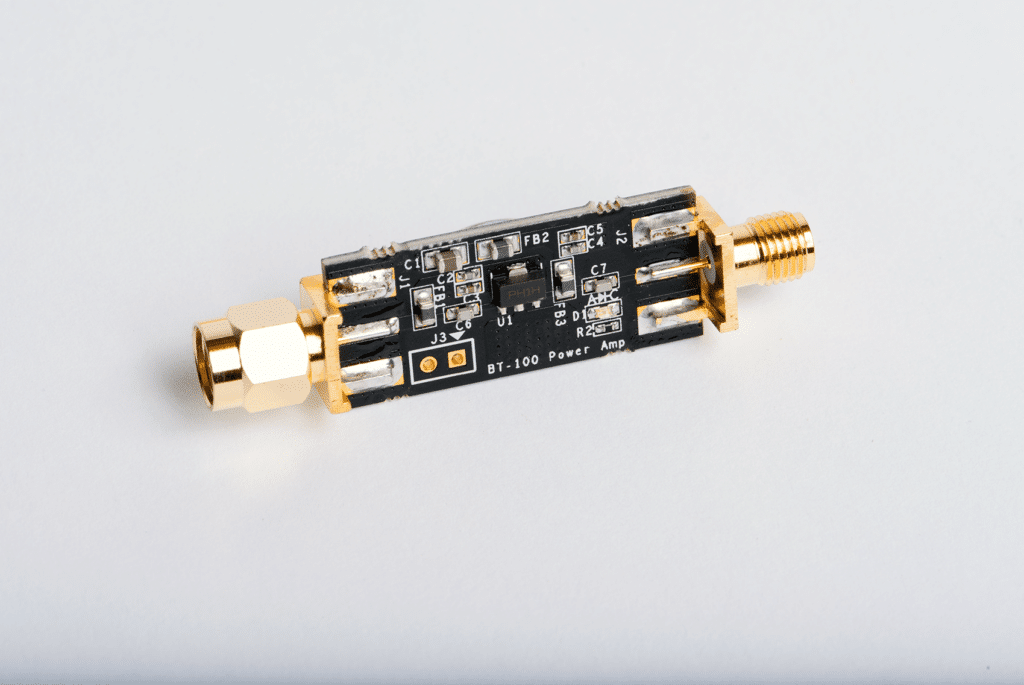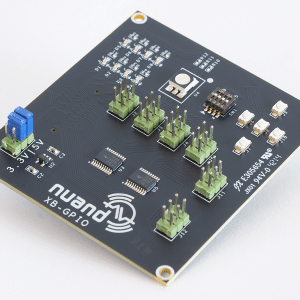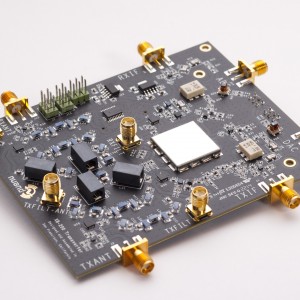
Nuand BladeRF
Overview: bladeRF 2.0 micro
BitScopes are very cost effective and range from the tiny USB powered BitScope Micro to full sized industrial grade and networkable mixed signal oscilloscope solutions. They are all based on the unique and powerful BitScope Virtual Machine which means they can always be upgraded and customized dynamically in software.
Features
- 47 MHz to 6 GHz frequency range
- 2×2 MIMO, 61.44 MHz sampling rate
- 56 MHz filtered bandwidth (IBW)
- Automatic gain control (AGC)
- Automatic IQ and DC offset correction
- 200 MHz ARM926EJ-S processor
- Fully bus-powered over USB 3.0
- External power 5V DC barrel with automatic switchover
- 49 kLE and 301 kLE variants available for custom signal processing and hardware accelerators
- Taming supported via 12-bit DAC or ADF4002 PLL
- Factory calibration of 38.4 MHz clock
The bladeRF 2.0 micro features support for: GNU Radio via gr-osmosdr, Pothos via SoapySDR, SDRange, SDR Console, SDR # via sdrsharp-bladeRF, MathWorks MATLAB® & Simulink® via libbladeRF bindings.
See the bladeRF-wiphy, an open-source IEEE 802.11 compatible software defined radio VHDL modem on Github!
Getting Help
Getting Started guide on bladeRF wiki
Getting Started guide on bladeRF wiki
Forums
If you run into trouble or have questions, the Nuand forums are a great place to ask for help.
Slack
Nuand now has a community slack, which can be joined through the following invite link.
IRC
The #bladeRF channel on Freenode is another means for community members to ask questions and have general SDR discussions. Please be sure to review IRC guidelines and usage tips before joining them on Freenode.
The Nuand team can also be reached at [email protected] or via the web form on the contact page.
Documentation
- bladeRF Product Brief
- libbladeRF API documentation
- An SDR-Based FRS Transceiver (PDF)
- GNU Radio flowgraph is available here
Windows Installers






